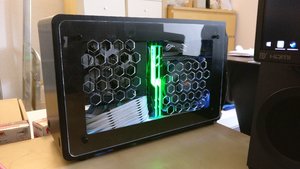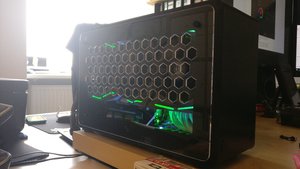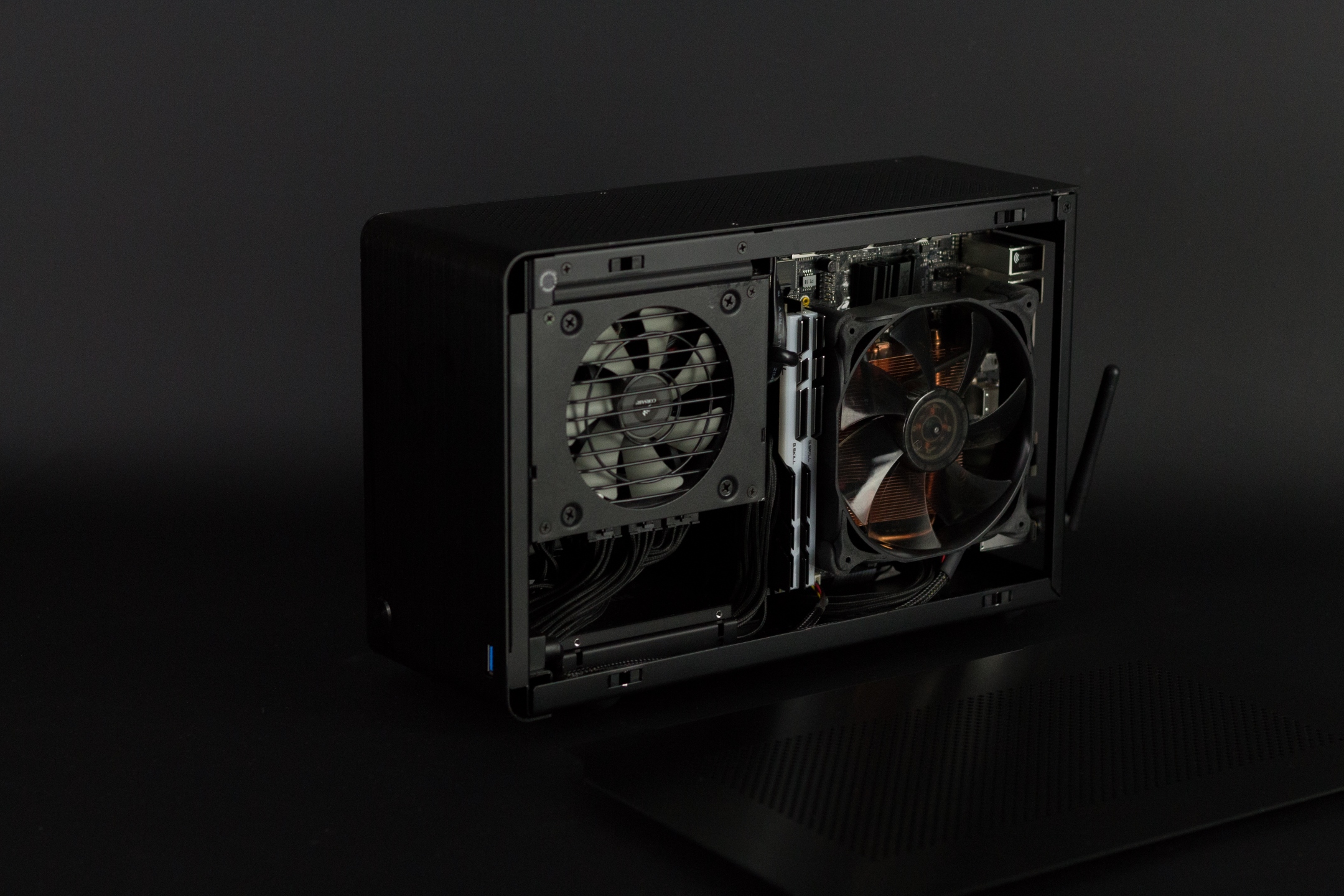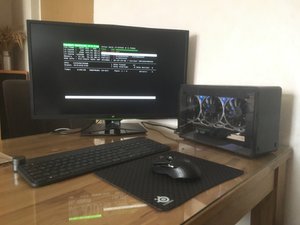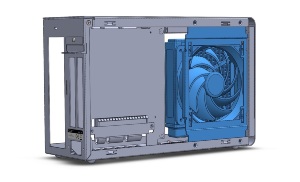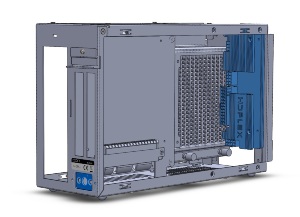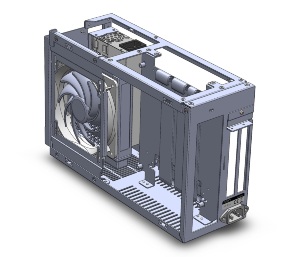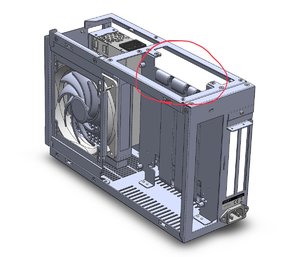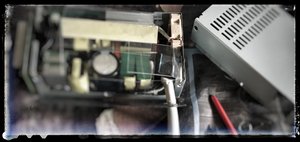d0wnjumper
n00b
- Joined
- Jul 12, 2017
- Messages
- 3
RGB is life!
Installed 2 Cablemod Aura-sync compatible LED strips, one 30cm above the GPU and one 60cm around the motherboard. Made my own extention cable to connect the 2 strips.
I'll take a new video when it's dark
sldr, is it possible that you tell me where to buy the m2 standoffs (male) and what length the standoffs have? Thanks in advance!
![[H]ard|Forum](/styles/hardforum/xenforo/logo_dark.png)
